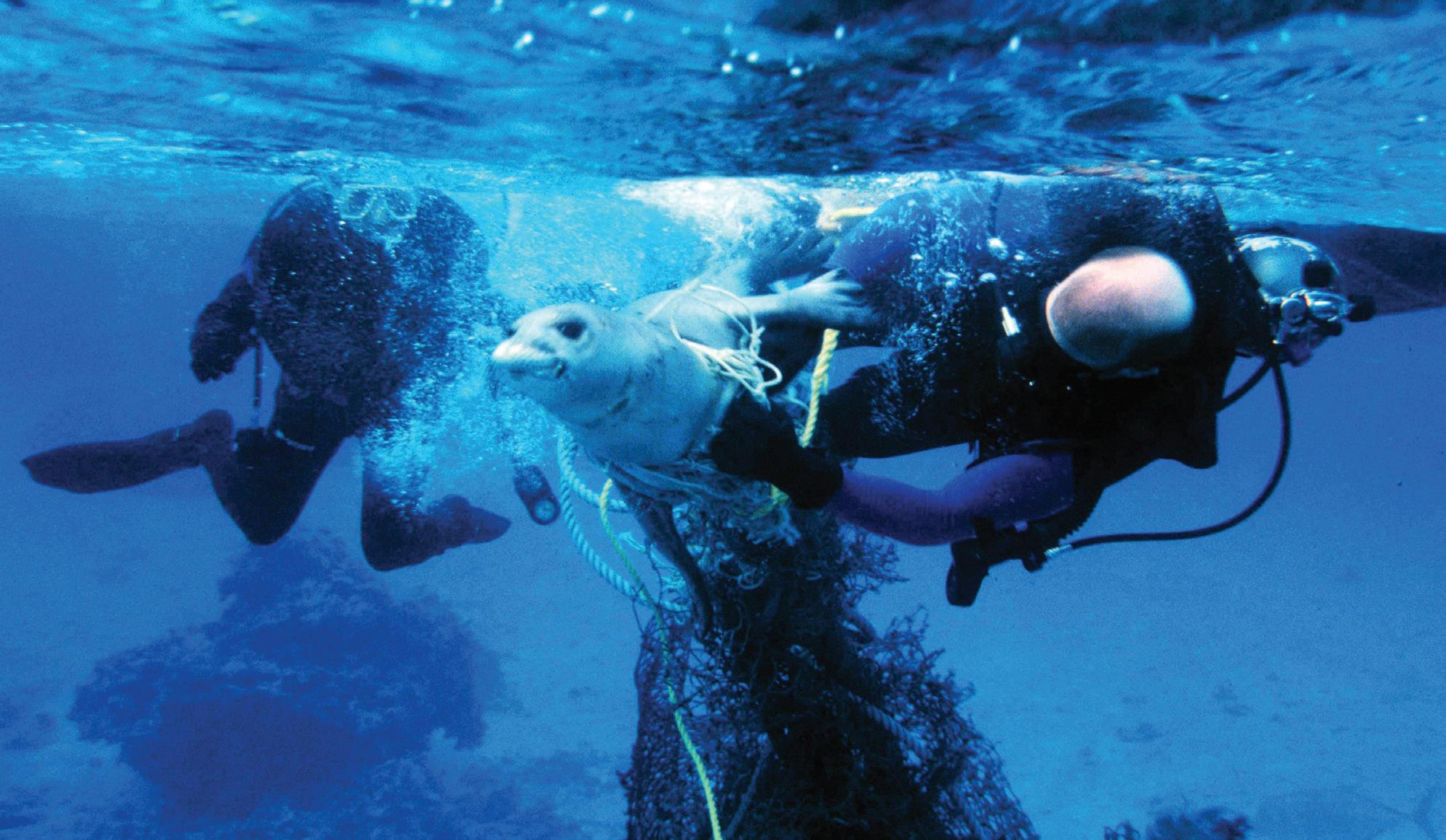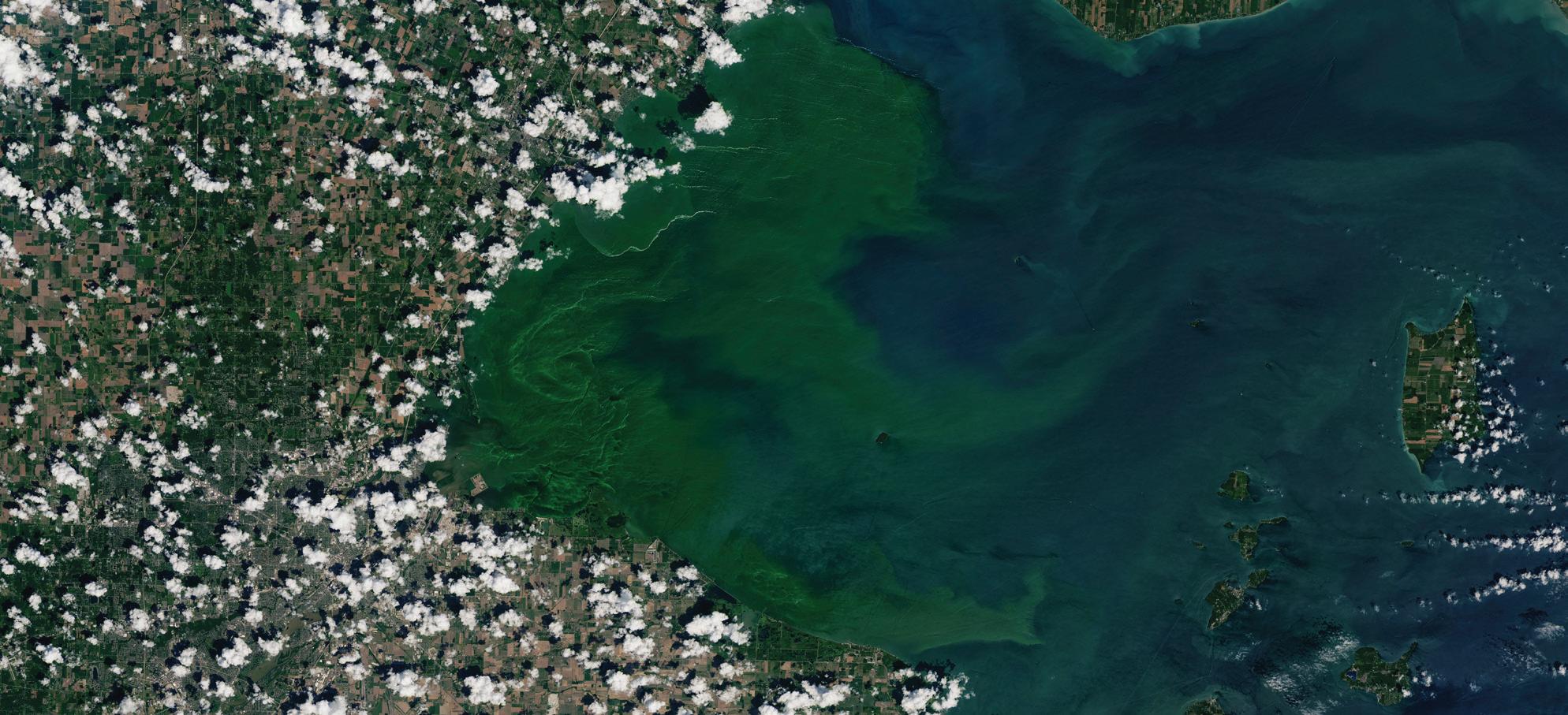Marine Aquaculture
A blue revolution By Craig Collins
S
eafood provides key beneficial nutrients that no other foods have. Seafood is also a good source of low-fat protein and essential minerals and vitamins. About 1.5 billion people worldwide rely on seafood to supply
A net pen aquaculture habitat off of Hawaii.
1967
at least a fifth of their animal protein, and American consumption continues to increase: in 2018, the average American ate 16.1 pounds of seafood, maintaining the nation’s status as the world’s second largest consumer of seafood.
These growing demands have not been met – and cannot be met – by the world’s wild-capture fisheries alone. Across the globe, wild fish harvests are not increasing while our global population continues to increase each year. NOAA and its partners have made good progress in ending overfishing in the United States through sound, science-based management practices, but wild fish harvests cannot meet current or future seafood demand. To meet the growing demand for healthy protein and omega-3 fatty-acids, many nations are turning to farmed seafood as a critical part for a sustainable seafood portfolio. Much like wild-capture fisheries, a vibrant domestic aquaculture industry is critical for more than just increased food security. Seafood farming, if done responsibly – as it is in the U.S. – is increasingly recognized as an environmentally sustainable way to support American seafood production, year-round jobs, rebuilding protected species and habitats, and enhancing coastal resilience. Recognizing the increasing importance of diversifying the U.S. seafood supply, NOAA has numerous mandates and priorities that charge the agency with fostering the growth of a sustainable domestic marine aquaculture industry. These include the National Aquaculture Act, Department of Commerce priorities, and the May 2020 Executive Order on Promoting American Seafood Competitiveness and Economic Growth According to Danielle Blacklock, director of NOAA’s Office of Aquaculture, NOAA has been instrumental in laying the policy and science foundation for a growing
Research centers Atlantic Oceanographic Laboratory, Pacific Oceanographic Laboratory, National Severe Storms Laboratory, and National Hurricane Research Laboratory established; forerunners for NOAA’s present laboratory system.
82
BLUE OCEAN MARICULTURE PHOTO
NOAA TODAY









































